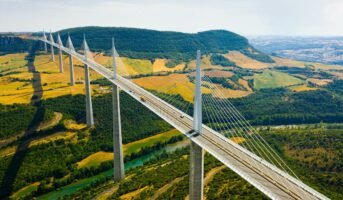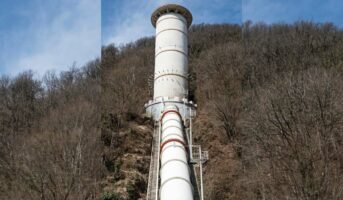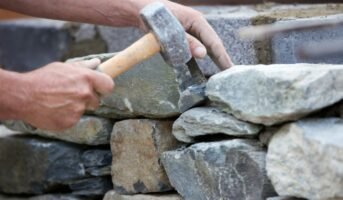Cable bridges, also known as suspension bridges, are awe-inspiring structures that showcase the marvels of engineering. With their elegant design and impressive spans, these bridges have become iconic landmarks around the world. They not only serve as functional transportation solutions but also feature incredible architecture.
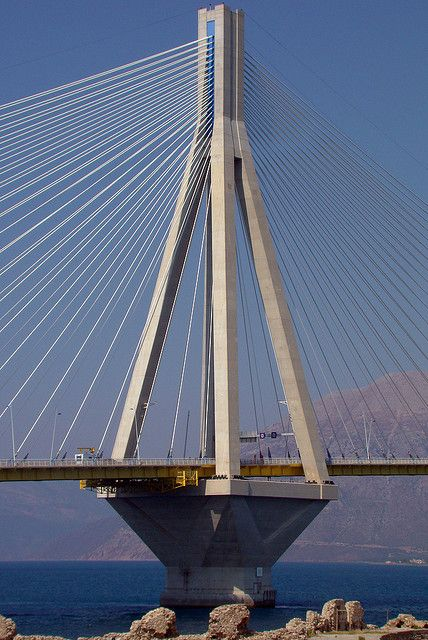
Source: Pinterest
See also: What are cantilever bridges?
Cable bridge: History
The concept of suspension bridges dates back to ancient times, with early civilisations using vines, ropes and tree trunks to create simple crossing structures. However, it was in the 19th century that significant advancements were made in bridge design and engineering. The introduction of iron and steel as construction materials revolutionised the field, enabling the construction of larger and more robust cable bridges.
Cable bridge: Construction and design
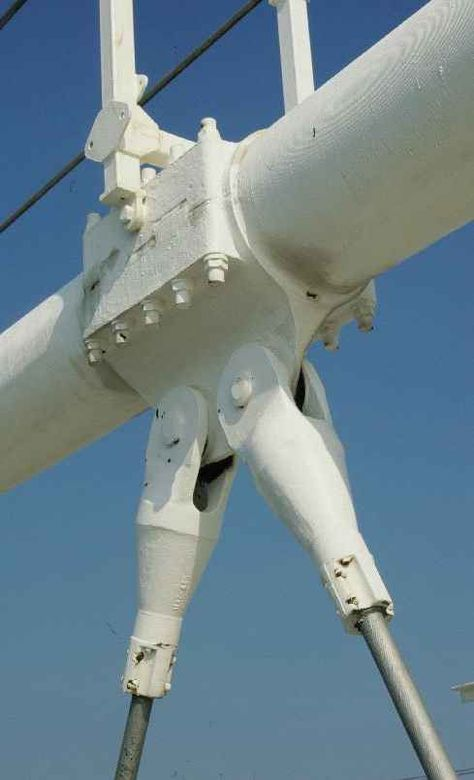
Source: Pinterest
Cable bridges are characterised by their main load-bearing element, the suspension cable, which hangs from towers and supports the bridge deck. These cables are typically made of steel wires twisted together to form strong and flexible strands. Multiple strands are then bundled together to create the main cables.
The towers of cable bridges play a vital role in supporting the suspension cables and distributing the load of the bridge. These towers are usually constructed of steel or concrete and are strategically positioned along the bridge’s span. The height and location of the towers depend on various factors, including the desired clearance for water navigation or terrain features.
The bridge deck, where vehicles, pedestrians or trains pass, is suspended from the main cables using vertical hangers. These hangers are connected to the cables and spaced at regular intervals to provide stability and distribute the load evenly. The deck itself can be made of various materials, such as steel, concrete or composite materials, depending on the bridge’s specifications and requirements.
Notable cable bridges
There are numerous famous cable bridges around the world. These include:
Golden Gate Bridge
The Golden Gate Bridge, one of the most recognisable cable bridges in the world, crosses the Golden Gate Strait to connect Marin County with San Francisco. This bridge, which was finished in 1937, is renowned for both its stunning views of the San Francisco Bay and its distinctive orange-red colour.
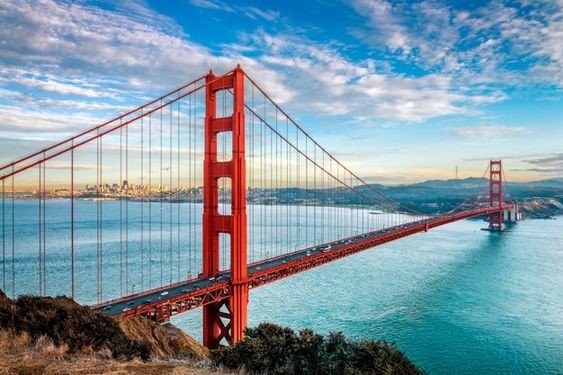
Source: Pinterest
Akashi Kaikyo Bridge
With a central span of 1,991 metre (6,532 ft), the Akashi Kaikyo Bridge holds the record for being the longest suspension bridge in the world. This bridge, which was built in 1998 and connects Kobe with Awaji Island, is an essential part of the Honshu-Shikoku Highway.
Humber Bridge
The Humber Bridge, which connects North Lincolnshire and East Yorkshire, spans the Humber Estuary and is one of the longest single-span suspension bridges in the world. This bridge, which was made available to the public in 1981, is a crucial route for transportation in the area.
Cable bridge: Benefits and considerations
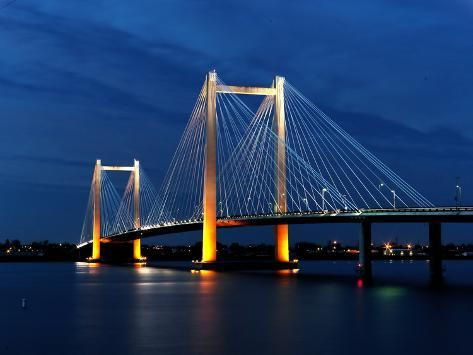
Source: Pinterest
Cable bridges offer several advantages over other bridge types. Their elegant design and sweeping curves make them architectural masterpieces that enhance the landscape and serve as tourist attractions. They also allow for longer spans, enabling the crossing of wide bodies of water or challenging terrains without the need for intermediate supports.
However, cable bridges also present challenges during construction and maintenance. The tension in the cables needs to be carefully monitored, and regular inspections and maintenance are crucial to ensure their structural integrity. Additionally, the susceptibility to wind and vibrations requires advanced engineering techniques to minimise these effects.
FAQs
How are cable bridges different from other types of bridges?
Cable bridges, also known as suspension bridges, are distinct in their design and construction. Unlike beam or arch bridges that rely on rigid supports, cable bridges use suspended cables to bear the load and distribute it to anchor points or towers. This allows for longer spans and creates an elegant and visually striking appearance.
Are cable bridges safe?
Yes, cable bridges are designed and engineered to be safe for public use. They undergo rigorous structural analysis, testing and regular inspections to ensure their integrity. Advanced engineering techniques are employed to mitigate the effects of wind, vibrations and other external factors. Additionally, safety measures such as guardrails and lighting are implemented to enhance user safety.
Can pedestrians and vehicles both use cable bridges?
Yes, cable bridges can be designed to accommodate both pedestrians and vehicles. Separate lanes or walkways are often incorporated into the bridge's design to ensure the safety and convenience of pedestrians. The load-bearing capacity of the bridge is carefully calculated to accommodate the weight of vehicles and the anticipated traffic volume.
| Got any questions or point of view on our article? We would love to hear from you. Write to our Editor-in-Chief Jhumur Ghosh at jhumur.ghosh1@housing.com |
Housing News Desk is the news desk of leading online real estate portal, Housing.com. Housing News Desk focuses on a variety of topics such as real estate laws, taxes, current news, property trends, home loans, rentals, décor, green homes, home improvement, etc. The main objective of the news desk, is to cover the real estate sector from the perspective of providing information that is useful to the end-user.
Facebook: https://www.facebook.com/housing.com/
Twitter: https://twitter.com/Housing
Email: editor@housing.com

